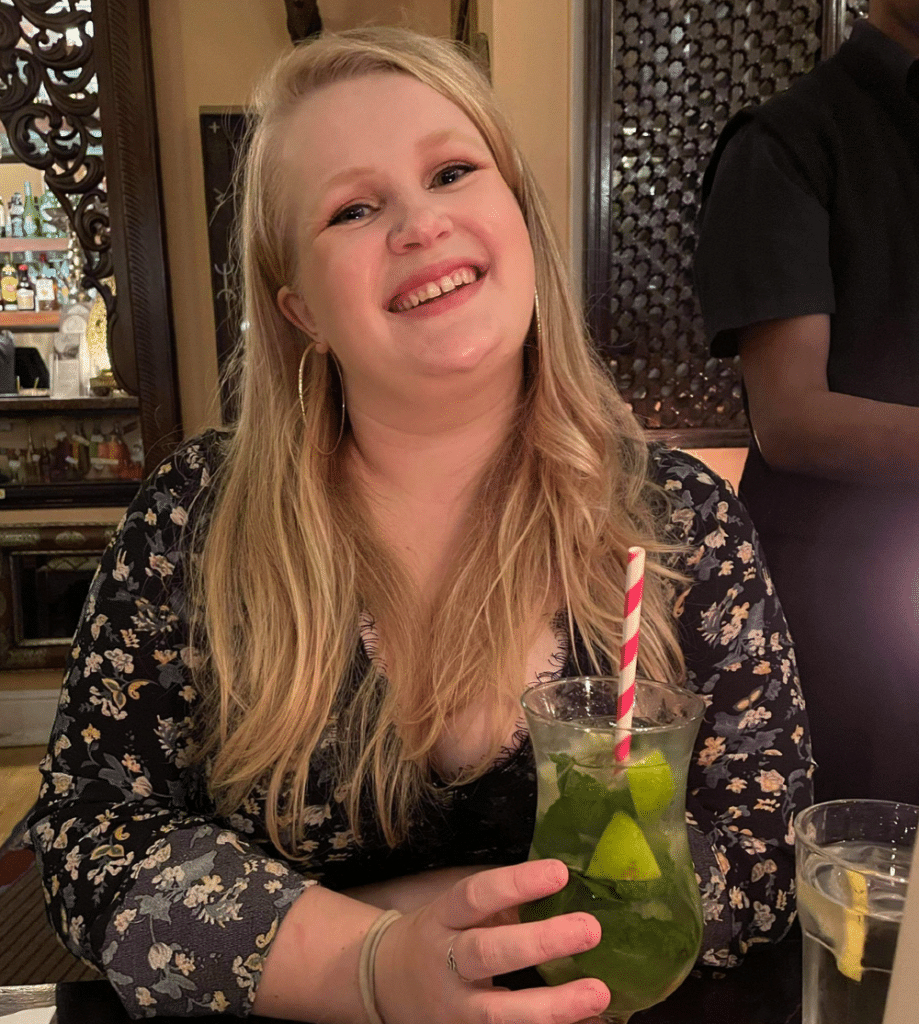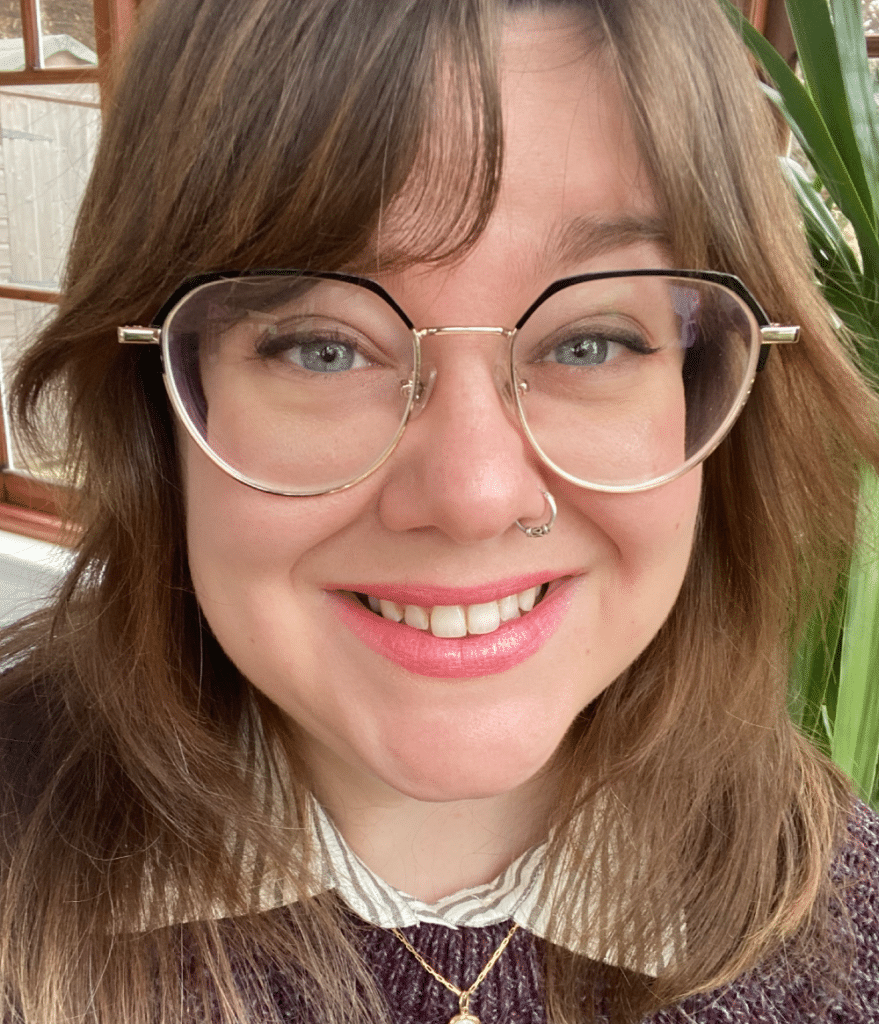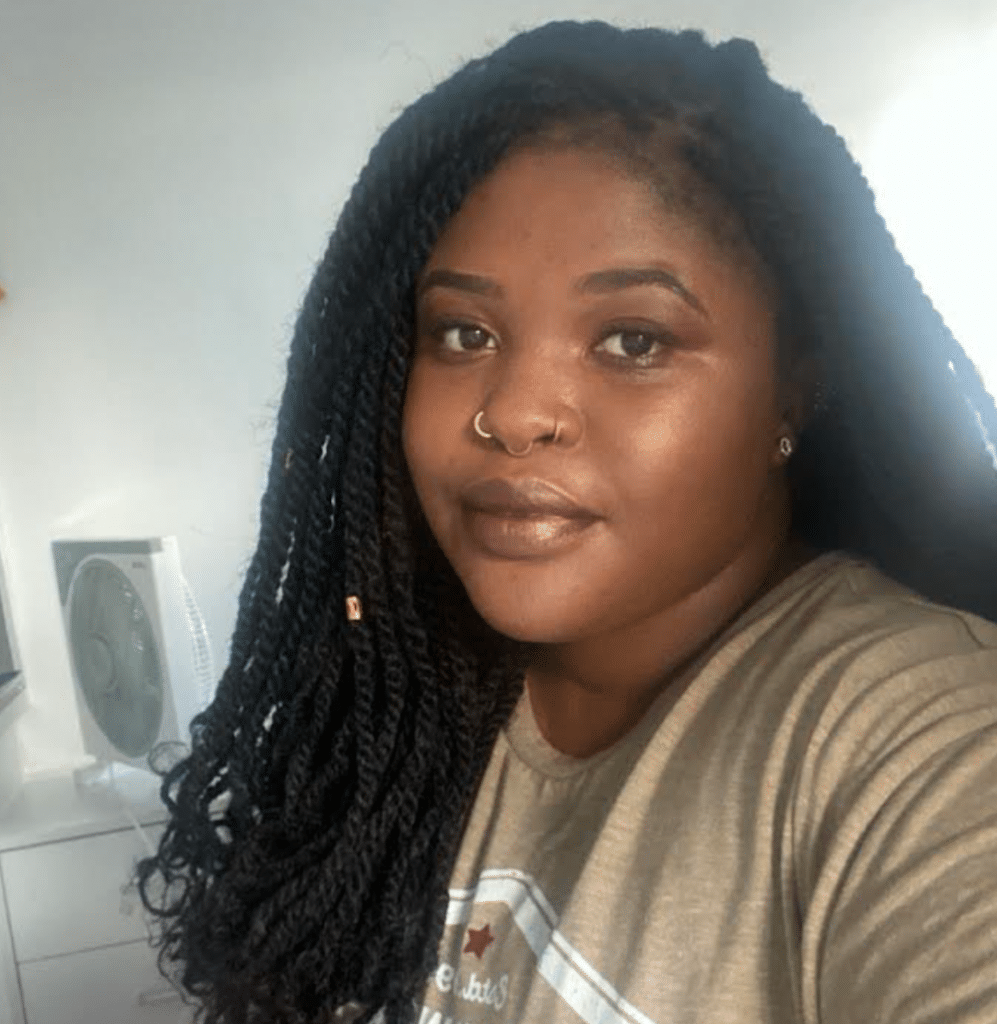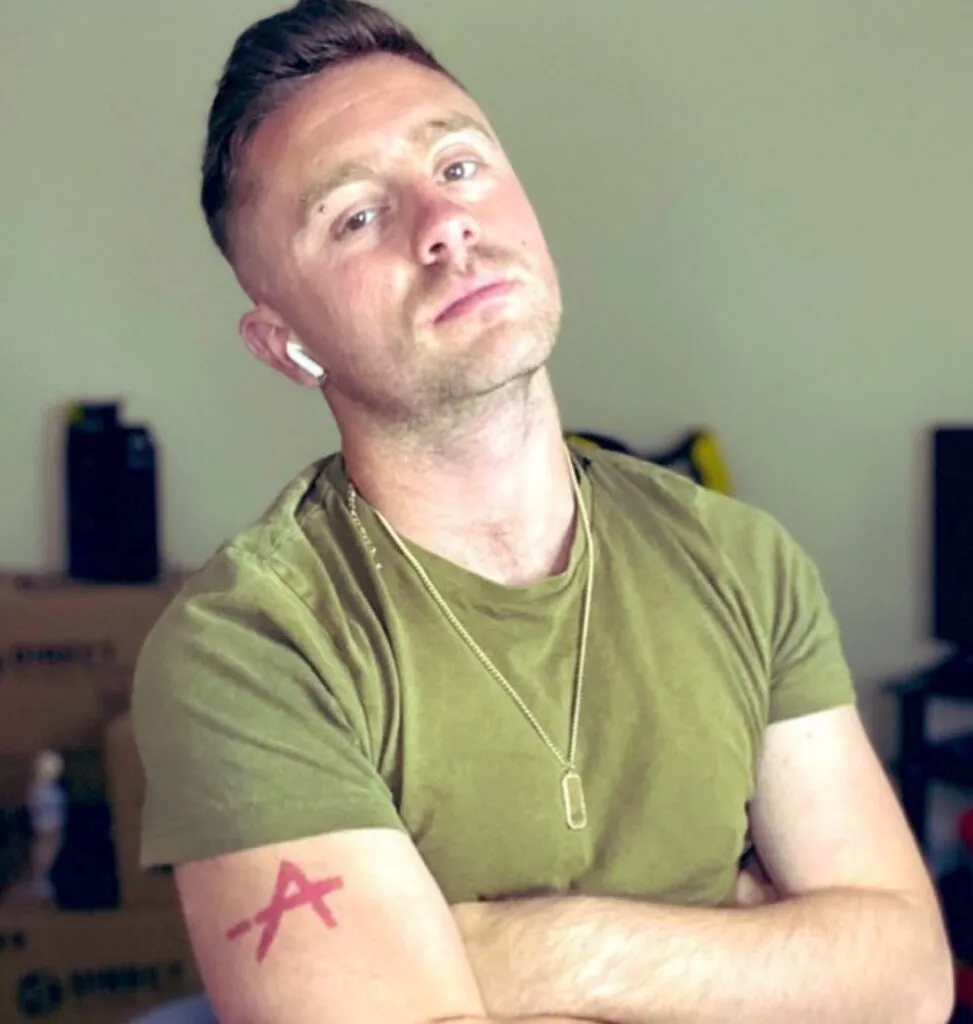LGBTQ+ folk living with BPD dispel tired, harmful myths about borderline personality disorder

(Getty/Jon Vallejo)
For Mental Health Awareness Week in the UK, members of the LGBTQ+ community who are living with BPD share the reality of being in this rarely discussed intersection.
Borderline personality disorder, otherwise known as BPD, is the most commonly recognised mood disorder, according to the NHS.
As well as causing intense and rapid cycling emotions, disturbed patterns of thinking or perception and impulsive behaviour, it can affect the stability of interpersonal relationships.
While its causes are unclear, many people with BPD will have experienced trauma or neglect as children.
Like many mental health conditions, BPD is routinely stigmatised by inaccurate and harmful representation in mainstream culture –Rebecca Pope in Grey’s Anatomy and Alex Forrest in Fatal Attraction have both been called out as damaging caricatures.
Recently, the condition has been thrust into headlines after a psychologist hired by Johnny Depp testified in his ongoing defamation lawsuit against ex-wife Amber Heard that she has BPD. Once again, negative stereotypes are rearing their ugly heads, linking BPD to domestic violence.
People with borderline personality disorder ‘are painted as manipulative, uncontrollable and even abusive’
While there is an alleged link between borderline personality disorder, and violence, a large 2016 study found there is insufficient evidence that BPD alone increases the likelihood of violent behaviour. Only those with comorbidities such as anxiety, antisocial personality disorder, and substance abuse presented an increased risk of violence.
Lucy Dickson is a writer and performer who was diagnosed with BPD at 23.
“We are so often painted as manipulative, uncontrollable and even abusive by the media,” she tells PinkNews.
“Receiving a diagnosis was a blessing and a curse: I was finally able to make sense of all the pain and emotional extremes, but I then felt burdened with all the stigma that comes with living and loving with BPD.”

Lucy Dickson (@LucySaysSmile)
Living with BPD can mean ‘not having a sense of self’
Rather than acknowledging Heard’s purported treatment of Depp (and vice versa) as an individual case, or in relation to wider patterns of domestic violence without attributing Heard’s supposed actions to her potential diagnosis, many individuals and media outlets are taking Heard’s behaviour to represent every person with BPD.
In a recent article, journalist Emma Flint explained that “diagnoses simply cannot be used to either justify, explain, or serve as proof for any sort of alleged abuse”, as the presentation of borderline personality disorder is so greatly varied among those living with the condition.
The coverage of Heard’s alleged diagnosis serves as a stark reminder that we as a society seem to be making little progress towards understanding the nuances of BPD as a mental illness, as well as how it presents itself in the estimated 1.6 per cent (as per a 2022 US study) of the population who are diagnosed.
Flint tells PinkNews that in their case, it feels like they’re “forever searching for me”.
“Not having a sense of self is common for anyone with BPD, though I think when you’re queer it amplifies it more because yet another secondary facet of who you are separates you from so-called ‘societal norms’,” she adds.

Emma Flint @LiterateElf
Lucy says that for her, “the reality of living with BPD is that my most damaging behaviour is almost always directed inwards”.
“You’re far more likely to find me weeping into a KFC bargain bucket because I accidentally forgot to add my girlfriend’s coleslaw (and therefore I’m a terrible person utterly undeserving of love) than lashing out at others,” Lucy adds.
Queer people are more likely to be diagnosed with BPD
A 2020 study found lesbian, gay and bisexual individuals (being trans was not a factor in the study) were more likely to be diagnosed with borderline personality disorder than heterosexual people.
Although it is unclear whether the higher rates of diagnosis among LGB people can be attributed to medical bias or differing diagnostic criteria among healthcare professionals, it is apparent that many queer people are living with BPD as diagnosed by a medical professional, or other mental health conditions related to mood regulation.
Before being diagnosed with BPD, Lucy believed that her intense and often unstable relationships were an offshoot of her LGBT+ identity: “I was pretty convinced that I was just a walking embodiment of the U-haul lesbian trope – I fell hard and fast because that’s just what lesbians do.”
When coming to terms with their identity, journalist Zuva Seven grappled with negative stereotypes about bisexuality while also learning to manage the symptoms of BPD.
“I came out to myself about my bisexuality very early on in my BPD journey,” she tells PinkNews.
“At the time, I was exploring who I was within this diagnosis, so my relationship with my sexuality was very shaky.”

Zuva Seven (@ZuvaSeven)
Like Zuva, content creator and influencer Bryan Ingram also faced stereotyping and prejudice as he came to terms with both his LGBTQ+ identity and BPD diagnosis.
“I was shamed for even talking about my sexuality by people in the past because it made them uncomfortable. I was often referred to as ‘gay Bryan’, as if being gay was the only thing that made me stand out,” he tells PinkNews.
“I went from relationship to relationship without taking any time to focus on myself, which led me to repeating that cycle.
“BPD often comes with a fear of abandonment, and because of this fear, I would cling to previous partners until they did leave: a self-fulfilling prophecy.”

Bryan Ingram (@BpdBryan)
Emma says that one of their “biggest struggles” relating to their LGBTQ+ identity is how borderline personality disorder can affect their sense of self.
“I question my sexuality a lot, and is probably why I struggle to find a label that I feel really summarises me well,” she says. “The closest I’ve found is abrosexuality, simply because it addresses that fluidity that sexuality can have, much like our gender identities too.”
Finding hope
Zuva found that speaking to other bisexual people with BPD gave them “a safe space to ask questions and receive affirmation”
“Once I truly accepted my sexuality for what it was, I was able to accept myself. And in a big way, this also aids my BPD treatment,” she adds.
For LGBTQ+ people living with BPD, Emma suggests seeking out an LGBTQ-affirmative therapist or one who specialises in borderline personality disorder while continuing to explore coping techniques.
“Be kind to yourself, even when it feels impossible; don’t invalidate yourself. You haven’t failed by taking steps back or struggling to make a certain technique work for you.”
Lucy, whose therapist helped her to manage her ‘unhealthy’ coping mechanisms, found beauty in BPD which she says allows her to “excel creatively” while also making her “an incredibly loyal and caring friend”.
Her mental health journey has also fueled her advocacy work.
“Because I care so deeply about the people and communities that I love, I’m an incredibly hardworking and dedicated LGBT+ activist,” Lucy explains.
As BPD-diagnosed LGBTQ+ people continue to face prejudice and invalidation on both an internal and societal level, Zuva says: “In the end, I think it’s about learning to stand firm in the intersections of your identity. I’ve been doing treatment for 3 years, and where I am is well past everything I ever expected. In the grand scheme of things, it’s still early days, so I’m not perfect, and there are days that I struggle.
“But, those days occur a lot less than they did before. It’s hard and a continual process, but it’s possible. You are not your disorder, and you are also more than anything you ever thought you were.”

